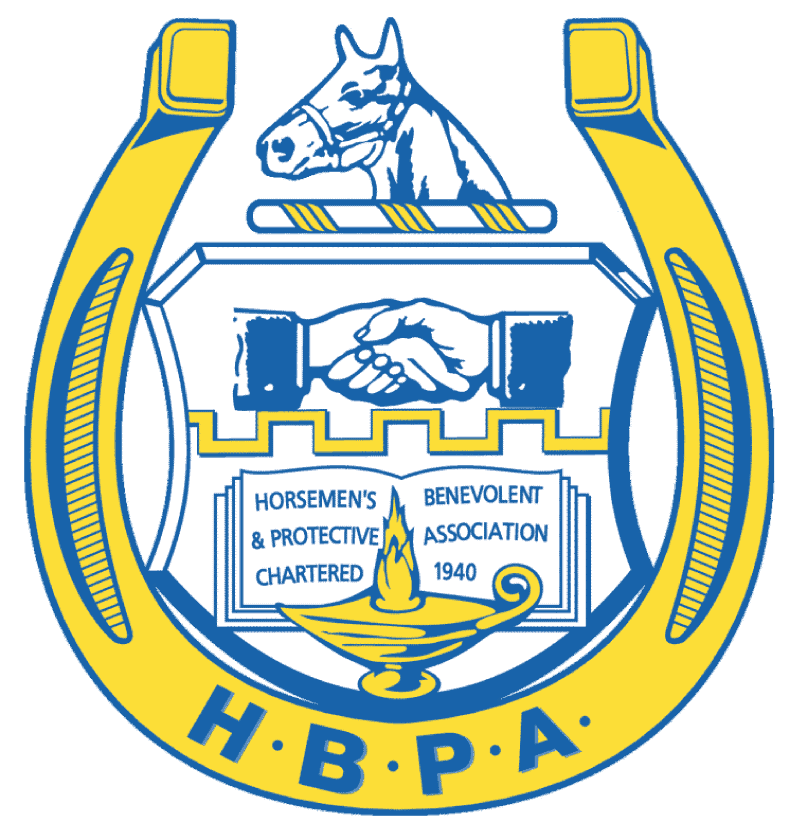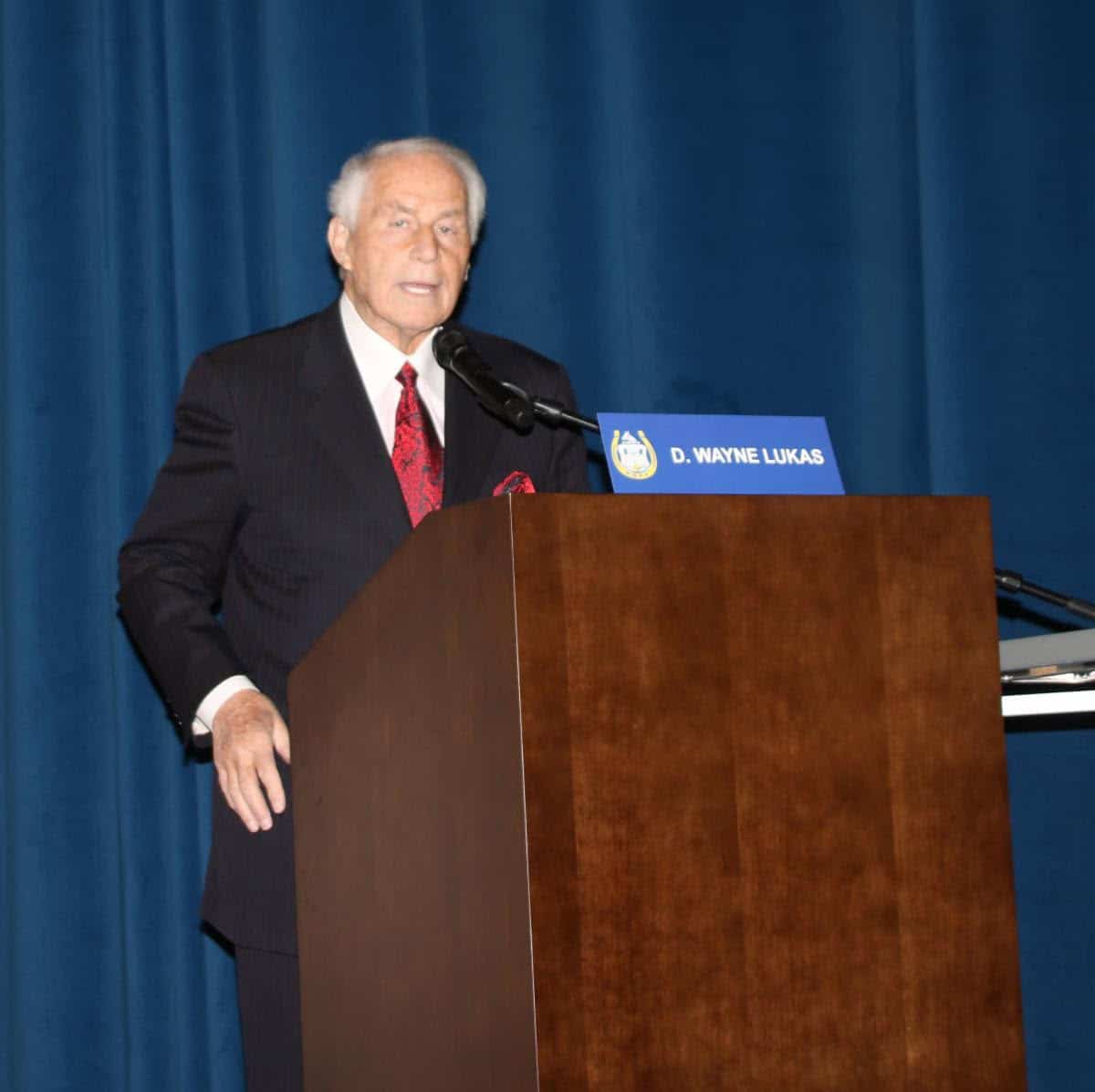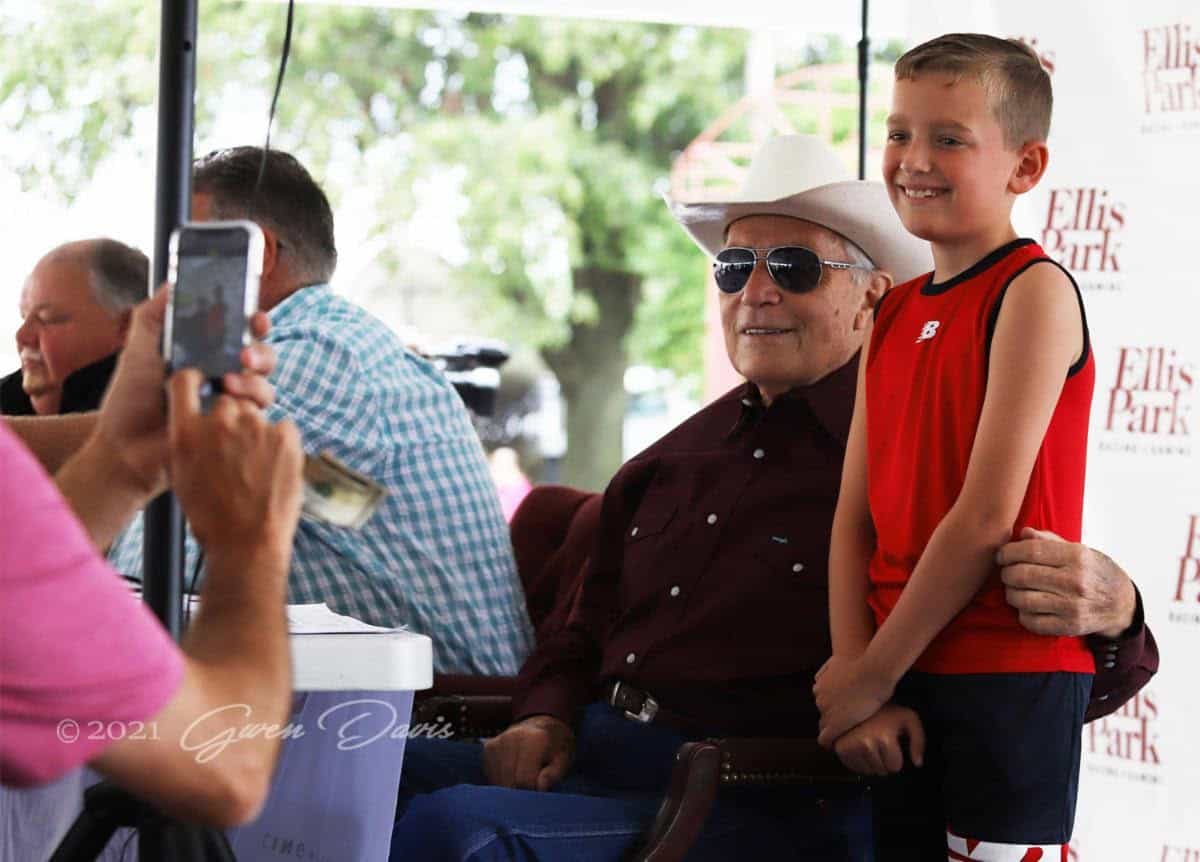NHBPA Concludes Winter Convention
NHBPA
The National Horsemen’s Benevolent and Protective Association (NHBPA) on Sunday brought down the curtain on its winter convention after conducting a wide variety of forums and expanding its membership to include the Wyoming HBPA. The four-day event, hosted by the Arizona HBPA, was held at the Carefree Resort near Phoenix. In addition to the educational meetings, horsemen from across North America enjoyed an outing at Turf Paradise and a trip to an authentic western saloon complete with bull-riding.
“This was one of our most successful conventions yet with a diverse group of speakers addressing several important topics facing the racing industry,” said Robin Richards, president and chairperson of the NHBPA. “We are also pleased to welcome the Wyoming HBPA and bring even more members into our organization.”
The convention kicked off with keynote speaker Mike Rogers, president of the racing division of The Stronach Group. In a wide-ranging address, Rogers spoke about takeout rates, simulcast fees, exchange wagering and marketing North American racing around the globe.
In the racehorse aftercare forum, Dennis Miller, founder of the Arizona division of CANTER, described the process of transitioning and placing former racehorses into new homes. He mentioned how CANTER volunteers will even come to the track to take photos and video to help owners and trainers in placing horses who do not have a future in racing.
On the topic of growing the fan base, the NHBPA’s Robin Richards was joined by Tom LaMarra, news editor for The Blood-Horse; Eric Halstrom, vice president of racing operations for Canterbury Park; and Sean Clancy, writer, editor, publisher and owner of ST Publishing, Inc.
“Customer service at tracks needs to improve and education is critical to generating fans,” said Clancy. “We say we are different in horse racing with horses and horsemen, but if we don’t educate and differentiate ourselves, we are no different than other sports and gambling.”
One of the most heavily attended sessions covered out-of-competition testing and featured a panel moderated by National HBPA CEO Phil Hanrahan and comprised of Phil Combest, president of the Florida HBPA; Dr. Clara Fenger, PhD, DACVIM, a Central Kentucky veterinarian; Ed Martin, president of the Association of Racing Commissioners International; and Peter Sacopulos, an attorney and racehorse owner in Indiana.
Dr. Fenger, who serves as secretary for the North American Association of Racetrack Veterinarians, cautioned that the goal of such testing should be to find those using illegal, performance-enhancing drugs without interfering with legitimate therapeutic and medical treatment needed by horses.
“The entire point of the testing is to identify cheaters and have a level playing field, not unfairly penalize people not cheating,” she said. “We don’t want to go beyond the lines of what is unfairly affecting the performance of a horse during a race.”
The final forum of the convention covered medication issues and included a distinguished panel of speakers: Marybeth Brown-Pirrone, a New Mexico state Board of Veterinary Medicine member; Dr. Clara Fenger; Patrick Gallagher, a Chicago attorney involved in the pharmaceutical industry; Rachael Pontikes, who acts as litigation counsel for compounding pharmacies; and Dr. Thomas Tobin, a noted researcher and author at the University of Kentucky, Gluck Equine Research Center.
Martin gave an update on the relationship between RCI and the Racing Medication and Testing Consortium. He addressed the merger of the two proposed by RCI, which was declined by the RMTC. RCI then formed a scientific advisory committee to make recommendations for model rules.
“The RCI remains a member of the RMTC and will continue to rely on its lab accreditation (program),” Martin said. “We will continue to take policy recommendations from the RMTC as we would any other group. An important difference is sometimes lost: The RMTC makes recommendations, not rules.”
Fenger spoke about the 26 drugs on the Controlled Therapeutic Medication Schedule and potential problems with the threshold levels, especially considering that testing can now detect parts per quadrillion. She raised the same concern she did in an earlier forum about out-of-competition testing in that it makes it difficult for veterinarians to treat horses for medical and therapeutic issues.
“I don’t know what we’ll be able to use to treat horses,” she said. “Our vet trucks will basically be bicycles.”
Also at the convention, the NHBPA issued a proclamation thanking CEO Phil Hanrahan for his service to the organization. Hanrahan announced in January that he would step down from his position following the convention. The NHBPA also posthumously honored Tom Metzen, Jr. for his work on national insurance issues affecting horsemen.
The National HBPA (www.nationalhbpa.kinsta.cloud), based in Lexington, KY, is the largest racing horsemen’s representative organization in North America with 30 affiliate organizations and over 30,000 member horsemen. Big Dee’s Tack & Vet Supplies, equineline.com, Finish Line Horse Products Inc., and Horseman Labor Solutions are proud corporate partners of the National HBPA.





